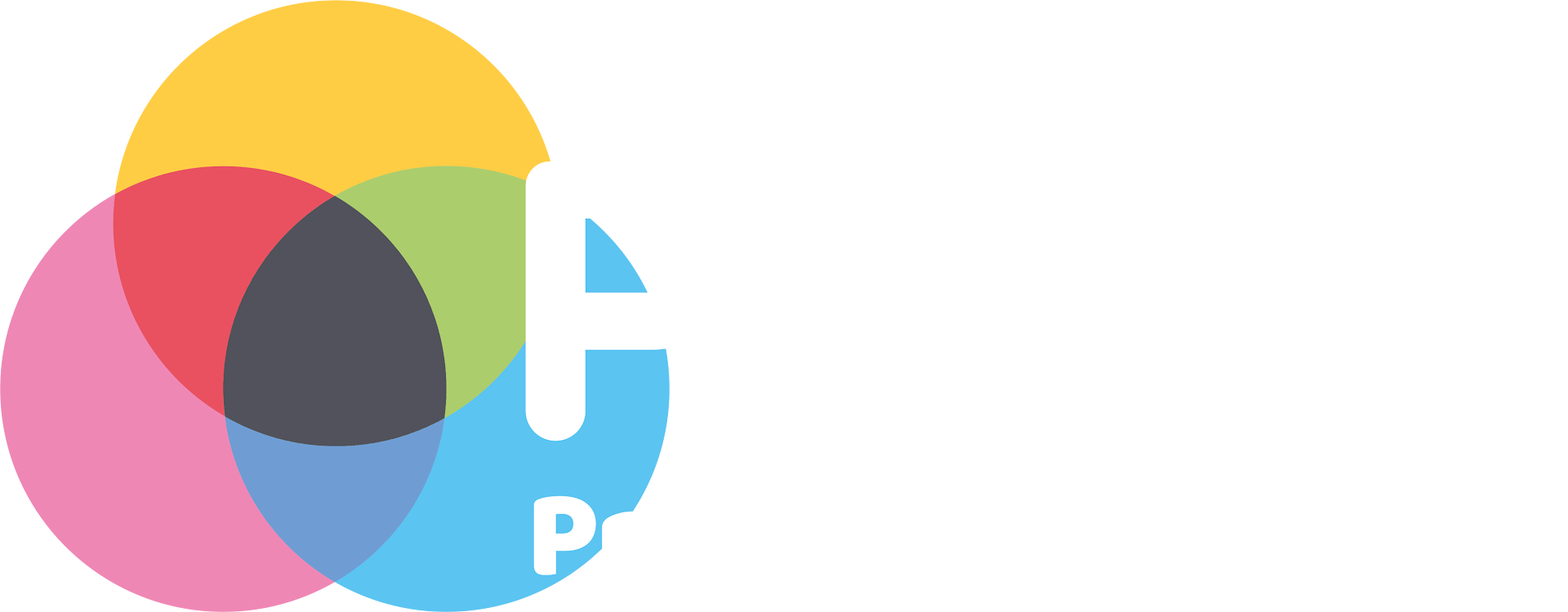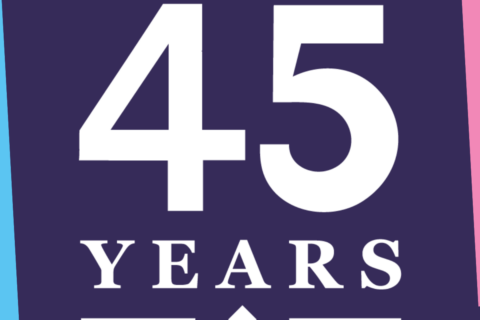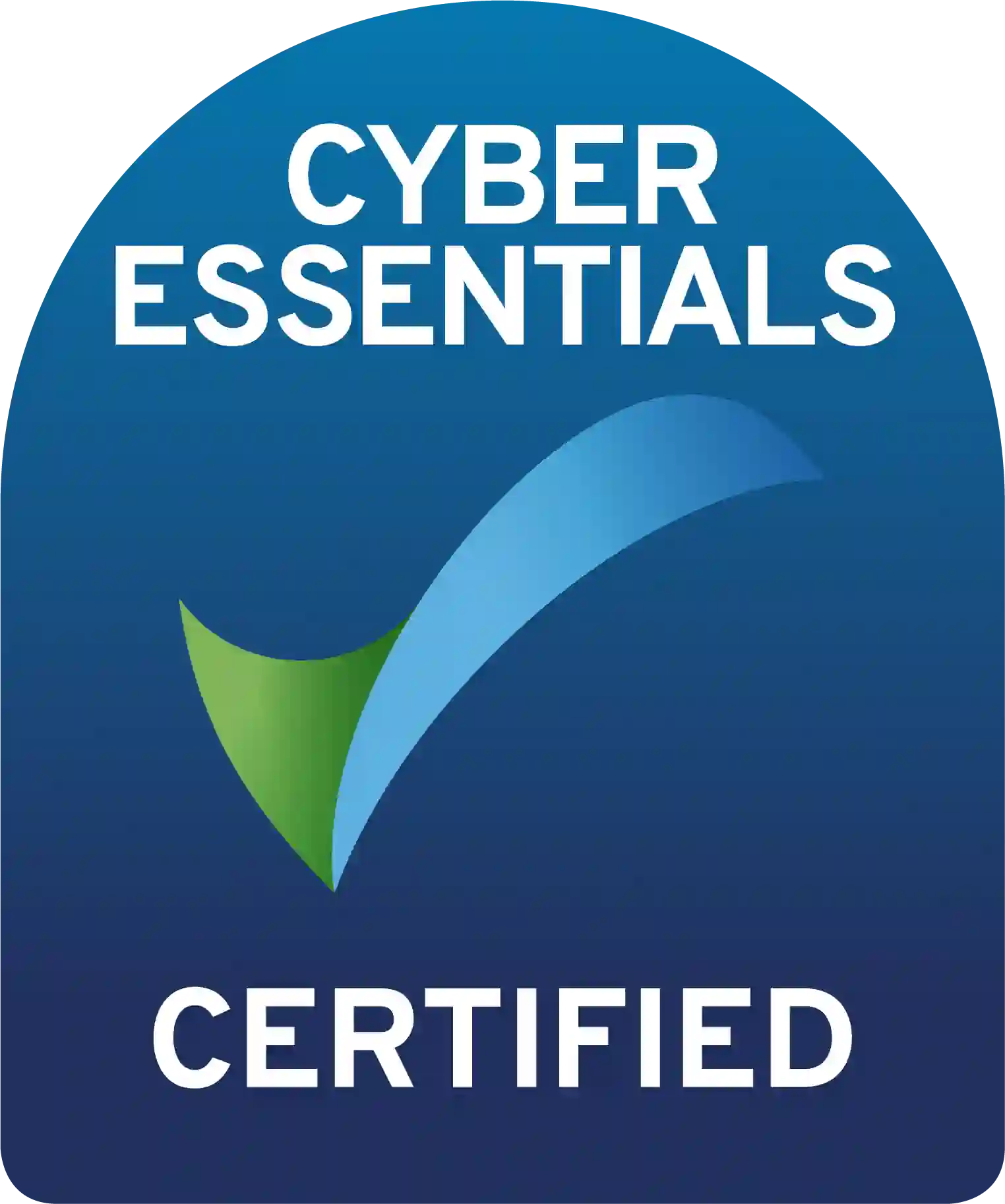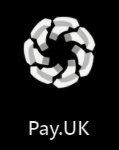Fake it till you make it: The alarming connection between TikTok and the rise of counterfeit luxury goods.
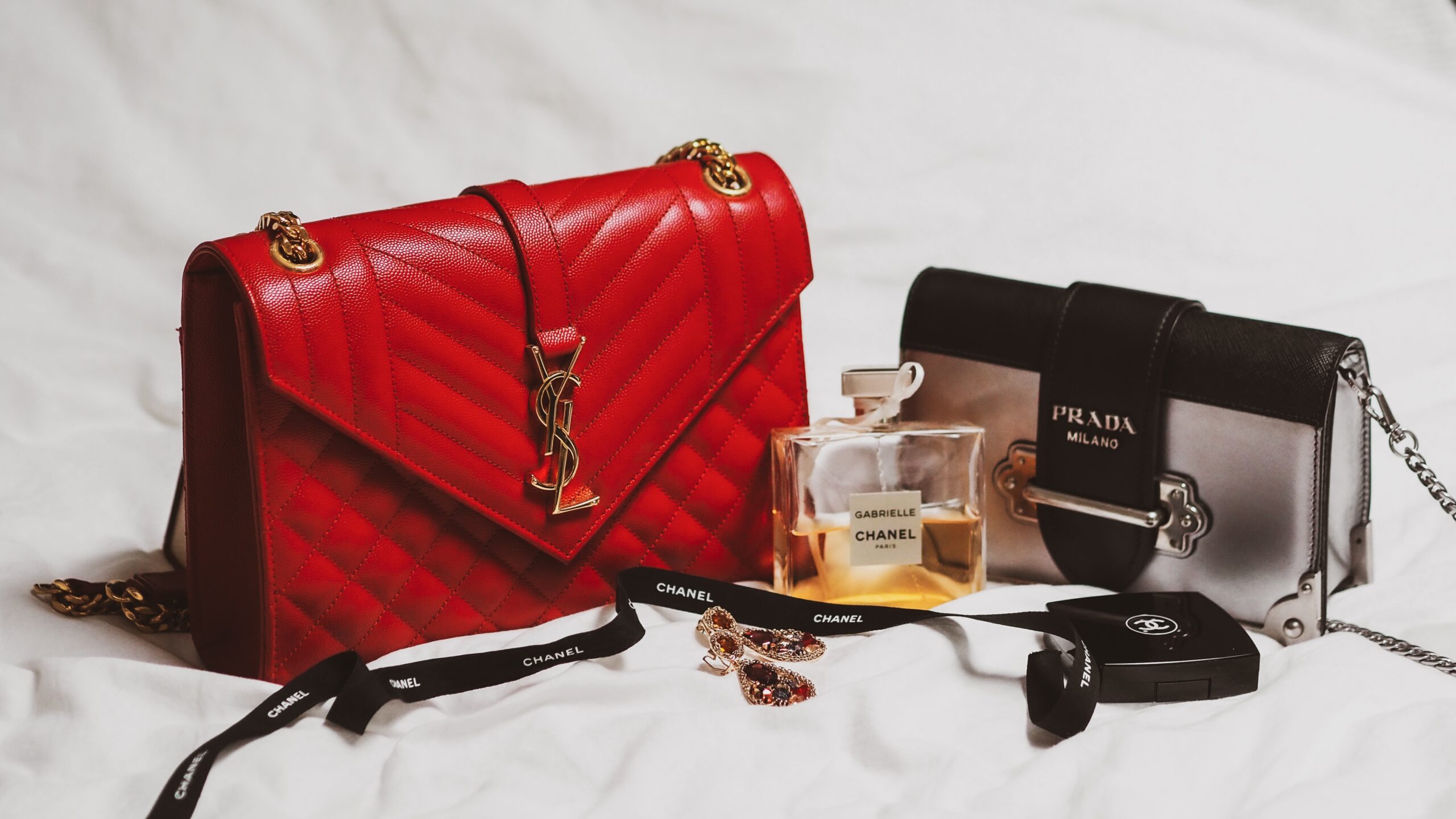
Within the luxury retail sector, counterfeit products have always been a battle. Whether you see the replicas on a holiday market or finding heavily discounted versions of these on your favourite second hand marketplaces, the accessibility of these products is huge. With the rapidly growing popularity of social media- especially TikTok, another platform becomes available for the promotion of counterfeit products, particularly within the luxury goods sector.
What are counterfeits?
A counterfeit product is one that replicates the design, branding, packaging and logo’s directly from an original product. These are often sold at a highly discounted price compared to the original and have a reputation for being of less quality than a genuine garment.
The role of Social Media in counterfeit luxury goods sales.
Within the fashion industry, social media has had an undeniable impact in boosting brand awareness, building customer relationships, providing immediate communications and many more. Though, such advances are not all so positive. From 2013 to now, the counterfeit luxury goods market has tripled, currently valuing at almost £2.5 trillion worldwide (BoF). Coinciding with the growth of social media, these platforms offer greater access to those seeking deceptive luxury items, furthering the growth of the market. The most concerning platform at the moment is TikTok. TikTok’s format is heavily reliant on visual content, making it an ideal platform for showcasing products. Counterfeits are usually showcased on the app, presented as hauls, unboxing videos, or outfit inspiration, enticing viewers who are seeking out the latest fashion trends. What is surprising though, is the users making these videos are non-discreet about the fact that these products are inauthentic. The trend surrounds the idea of content creators finding ‘dupes’ of their favourite designer pieces and promoting these replica products that are significantly cheaper than the real deal. While Tiktok has policies in place against the sale and promotion of counterfeit goods, these now ‘influencers’ exploit gaps in regulations, allowing their videos to circulate freely to the masses. How do they do this? Instead of referring to the websites they purchase these products from, such as DHGate and Saramart, they refer to having purchased these from the nickname ‘the fence’. On a weekly basis, Tiktok sees around 150 new videos using #thefence, gaining approximately 1 million views (Tiktok). The trend seems to be on an upward trajectory as more and more users are searching for, watching and creating videos about counterfeit luxury goods.
How can you differentiate your luxury products from their counterfeits.
One word. Holograms.
A hologram can be a powerful tool in the battle against counterfeit merchandise. A security print hologram typically refers to a specialised holographic label or seal that incorporates various elements to provide authentication, tamper-evident properties and visual deterrence against counterfeiting. Let’s get into more depth on some of the on some of the great benefits they have to offer.
1. They are a visual deterrent
Hologram stickers act as a powerful visual deterrent against counterfeiters. Their unique and intricate designs, which are difficult to replicate, make it instantly apparent whether a product is genuine or counterfeit. The striking holographic effects, such as 3D images, shifting colours and dynamic patterns, capture the attention of consumers and make it easier to differentiate between real and fake luxury goods.
2. They help with authentication and verification.
One of the primary functions of security print holograms is to provide a means of product authentication and verification. By incorporating specialised features like serial numbers, barcodes, or QR codes, brands can create a robust system that enables consumers, retailers and even authorities to verify the authenticity of a product. These features can be easily scanned or checked against databases, ensuring genuine items make their way to market.
3. They have tamper-evident features.
Hologram stickers often incorporate tamper-evident seals that make it difficult for counterfeiters to replicate or remove them without leaving visible signs of tampering. These features may include fragile holographic elements, void patterns, or adhesive residue when peeled off.
3. They can educate consumers and raise awareness.
Holograms not only protect luxury brands, but also empower consumers to make informed purchasing decisions. By educating consumers about the presence and significance of hologram stickers, brands can raise awareness about counterfeiting issues and highlight the importance of buying genuine products. When consumers understand the value of these security features, they become more vigilant and less likely to fall victim to counterfeit scams.
Summary
Counterfeiting poses a significant threat within the luxury goods market, undermining brands, and deceiving consumers. However, holograms have emerged as an effective solution, providing visual deterrence, authentication and tamper-evident features.
Here at Hague, our security print team are specialists in holograms and can help you fight the battle against counterfeiters. Want to know more information about how we can protect your brand? Get in touch here, our experts are happy to help!
